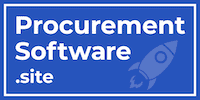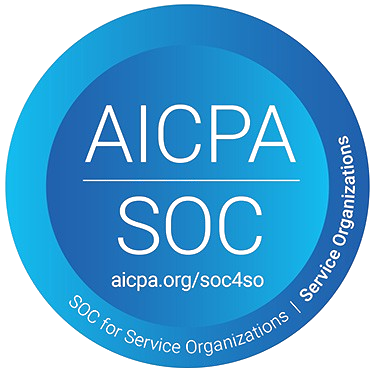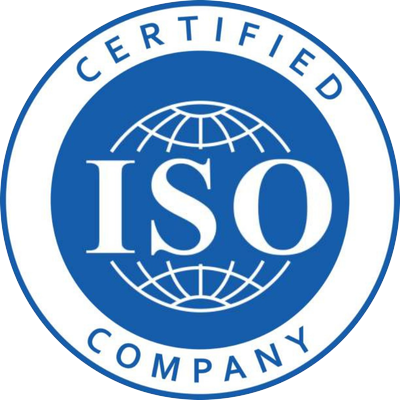In today’s digital age, effective software management is paramount for organizations to maintain operational efficiency, control costs, and ensure compliance. Software management tools and technologies are designed to streamline the processes involved in managing software assets, encompassing acquisition, deployment, maintenance, and retirement. This article delves into the multifaceted nature of software management tools and technologies and provides real-life examples of companies that have successfully implemented these strategies.
The Importance of Software Management
In the rapidly evolving digital landscape, software management has become a cornerstone of organizational success. Effective software management ensures that software assets are utilized efficiently, costs are controlled, and compliance with licensing agreements and regulations is maintained. By leveraging advanced software management tools and technologies, organizations can streamline operations, enhance security, and make data-driven decisions that contribute to long-term strategic goals. This article highlights the critical aspects of software management and showcases real-world examples of companies that have effectively implemented these strategies to achieve operational excellence.
Software management tools are essential for optimizing the use and administration of software assets within an organization. These tools offer a range of features designed to enhance efficiency, ensure compliance, and reduce costs. This section delves into the critical features of software management tools and illustrates how they contribute to improved operational performance and strategic decision-making:

1. License Management:
Tracks and manages software licenses to ensure compliance and optimize usage. For instance, SAP, a global leader in enterprise software, uses sophisticated license management tools to oversee its extensive software portfolio. By integrating these tools with their existing systems, SAP can monitor software usage across various departments and regions. This real-time insight allows the company to identify and reallocate underutilized licenses, thereby avoiding unnecessary purchases. Additionally, automated compliance management helps SAP adhere to all licensing agreements, significantly reducing the risk of costly audits and penalties.
2. Asset Inventory:
Maintains a detailed inventory of all software assets within the organization. For example, Pfizer, a leading pharmaceutical company, employs advanced asset inventory tools to manage its extensive software portfolio. These tools provide Pfizer with a comprehensive view of all software assets, enabling efficient management and reduction of redundancy. By maintaining a clear inventory, Pfizer can optimize software usage and ensure that all assets are accounted for and utilized effectively.
3. Usage Monitoring:
Monitors software usage to identify underutilized or redundant applications. Slack, the collaboration software giant, uses usage monitoring tools to track how its software products are utilized internally. By analyzing this data, Slack can identify underused applications and optimize license allocations, ensuring that resources are effectively utilized and enhancing overall productivity.
4. Automated Updates and Patches:
Ensures software is up-to-date with the latest features and security patches. Cisco Systems employs automated update and patch management tools to maintain the security and functionality of its software. These tools automatically apply updates and patches, minimizing the risk of vulnerabilities and ensuring that Cisco’s software remains current and secure.
5. Compliance Management:
Tracks and ensures adherence to software licensing agreements and regulations. Accenture uses compliance management tools to monitor and enforce adherence to software licensing agreements. This proactive approach helps Accenture avoid the risks and costs associated with non-compliance, including potential legal issues and financial penalties.
6. Reporting and Analytics:
Provides insights into software usage, costs, and compliance status through detailed reports and analytics. Procter & Gamble (P&G) utilizes advanced reporting and analytics tools to gain insights into its software usage patterns, costs, and compliance status. These insights enable P&G to make informed decisions about software investments and optimize its software management strategies for better efficiency and cost control.
Real-Life Examples of Effective Software Management
1. Microsoft
Microsoft, a global technology leader, employs sophisticated software management tools to handle its vast array of software assets. By using tools that integrate with their existing systems, Microsoft can monitor software usage across different departments and regions. These tools provide real-time insights into license utilization, helping Microsoft reallocate underused licenses and avoid unnecessary purchases. Additionally, automated compliance management ensures that Microsoft adheres to all licensing agreements, reducing the risk of costly audits and penalties.
2. Adobe
Adobe, renowned for its creative software solutions, leverages software management tools to streamline its subscription services. Adobe’s tools track subscription usage and send automated renewal reminders to avoid service interruptions. By analyzing usage data, Adobe can identify trends and customer preferences, enabling them to tailor their offerings and improve customer satisfaction. This approach has led to more efficient use of resources and reduced costs associated with unused subscriptions.
3. General Electric (GE)
General Electric (GE) uses advanced software management technologies to oversee its extensive software portfolio. GE’s tools provide a comprehensive view of all software assets, enabling the company to track usage, manage licenses, and ensure compliance. By automating software updates and patches, GE maintains the security and functionality of its software, reducing the risk of vulnerabilities. The use of analytics allows GE to optimize software spending and make data-driven decisions about future software investments.
4. IBM
IBM, a leader in technology and consulting, utilizes software management tools to enhance its software asset management. These tools integrate seamlessly with IBM’s existing infrastructure, providing a unified view of software usage and compliance. IBM can track the lifecycle of each software asset, from acquisition to retirement, ensuring that all software is used effectively and retired when no longer needed. This approach has led to significant cost savings and improved efficiency in managing their software assets.
Conclusion
Software management tools and technologies are essential for organizations aiming to harness efficiency, control costs, and ensure compliance. By providing visibility into software assets, optimizing usage, and automating routine tasks, these tools enable organizations to manage their software portfolios effectively. Real-life examples from industry leaders like Microsoft, Adobe, General Electric, and IBM demonstrate the tangible benefits of implementing robust software management strategies. As technology continues to evolve, the importance of efficient software management will only grow, making these tools indispensable for organizations striving for operational excellence.











